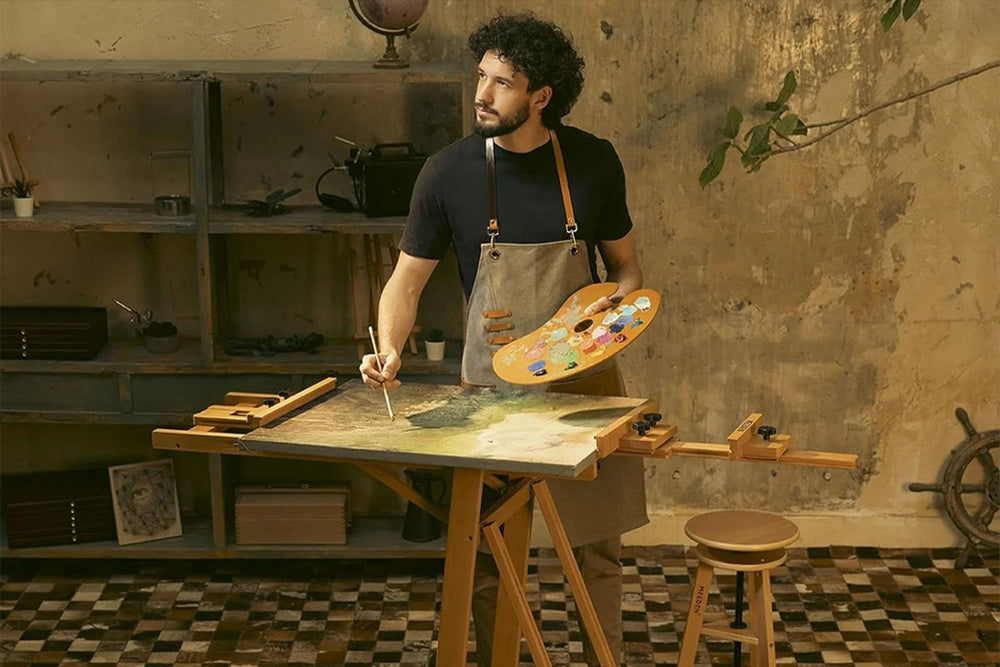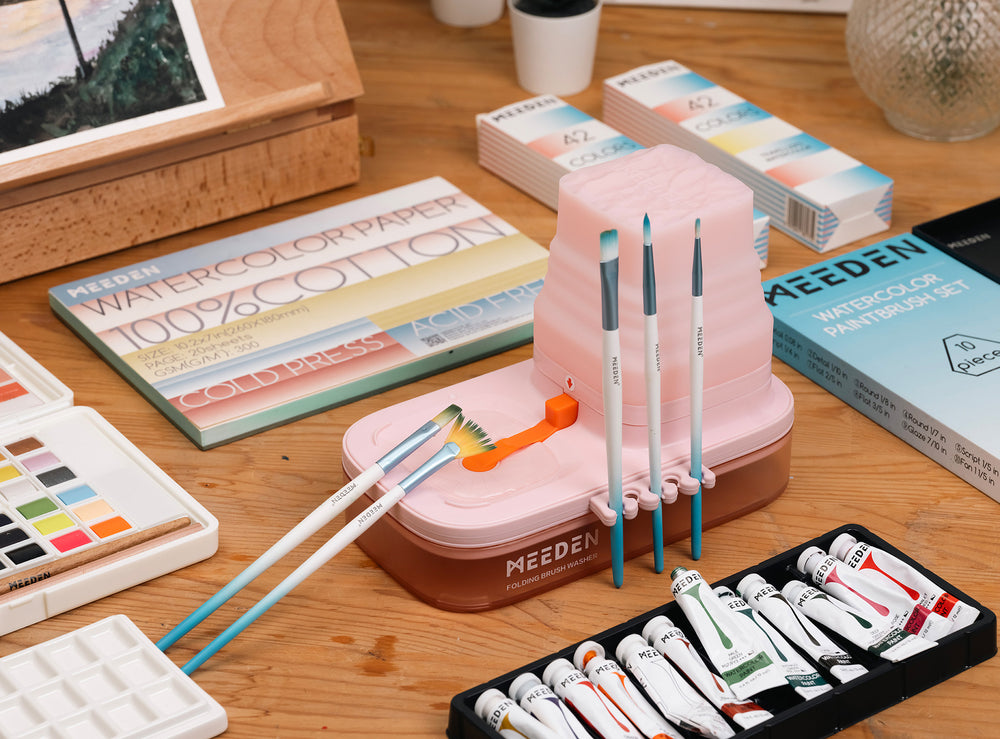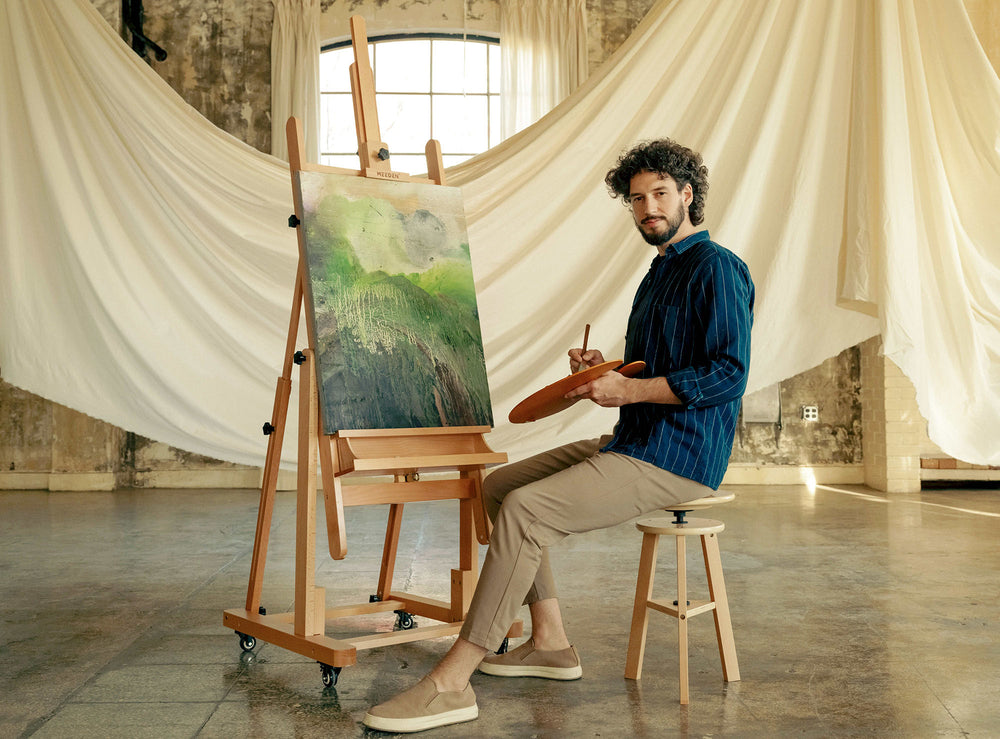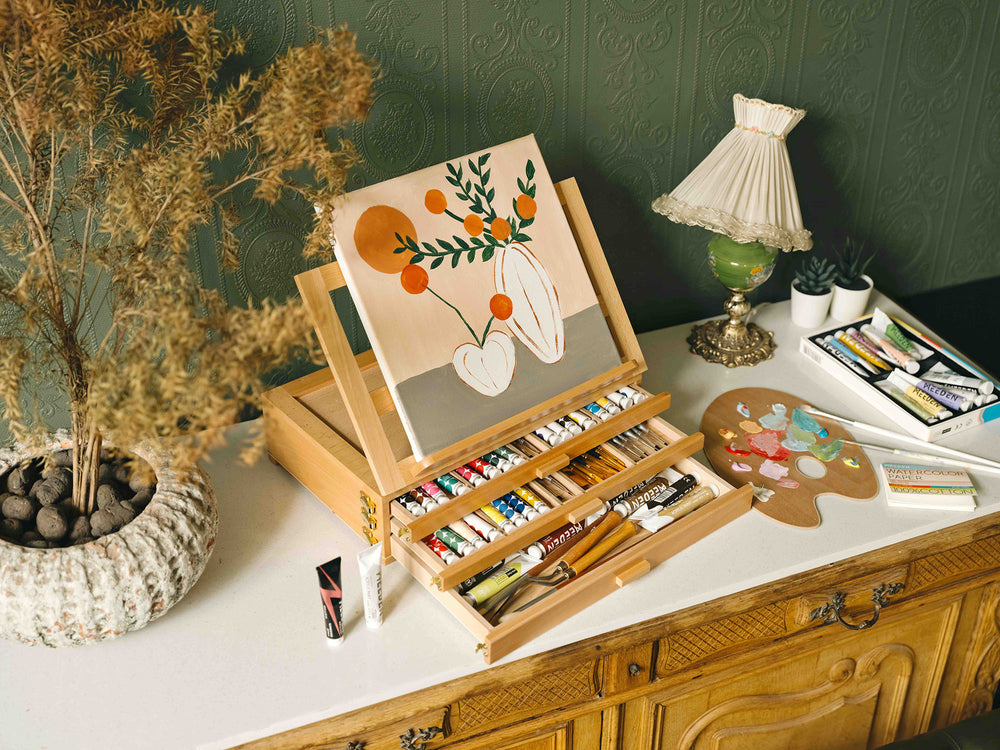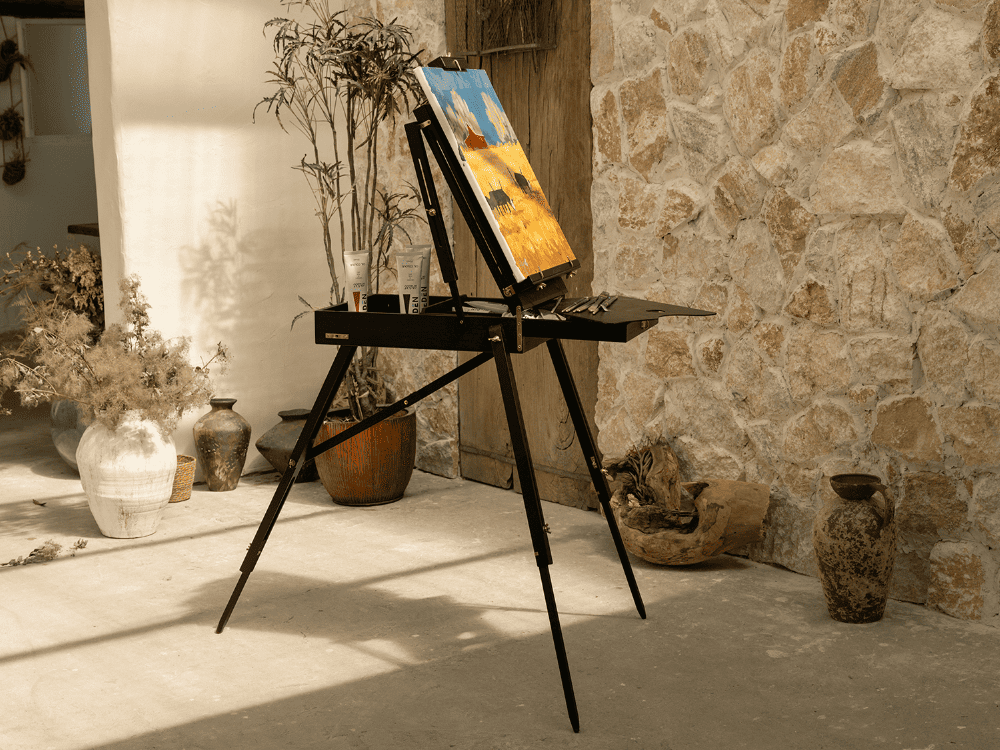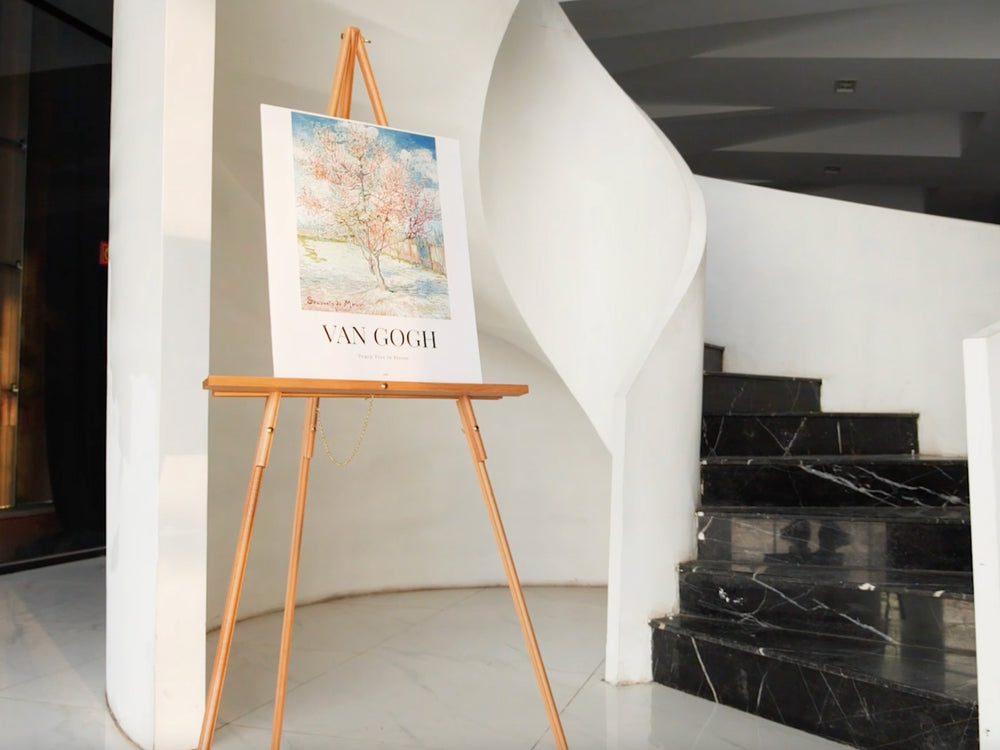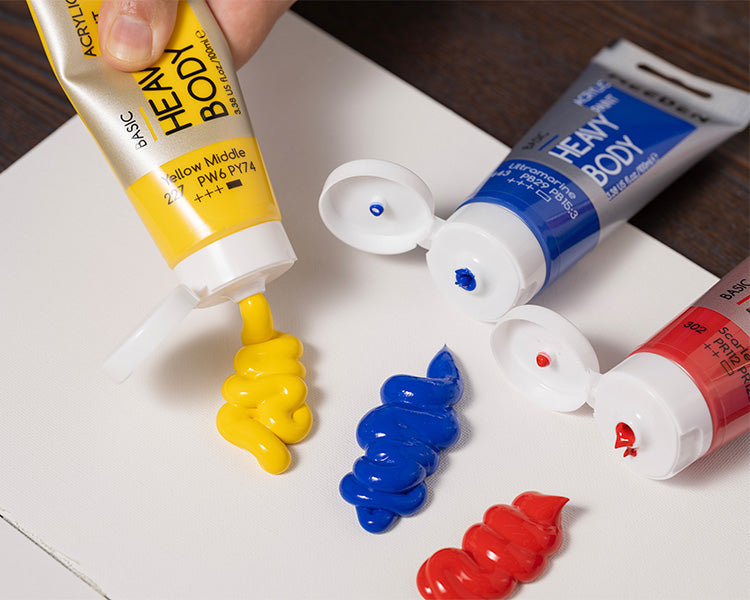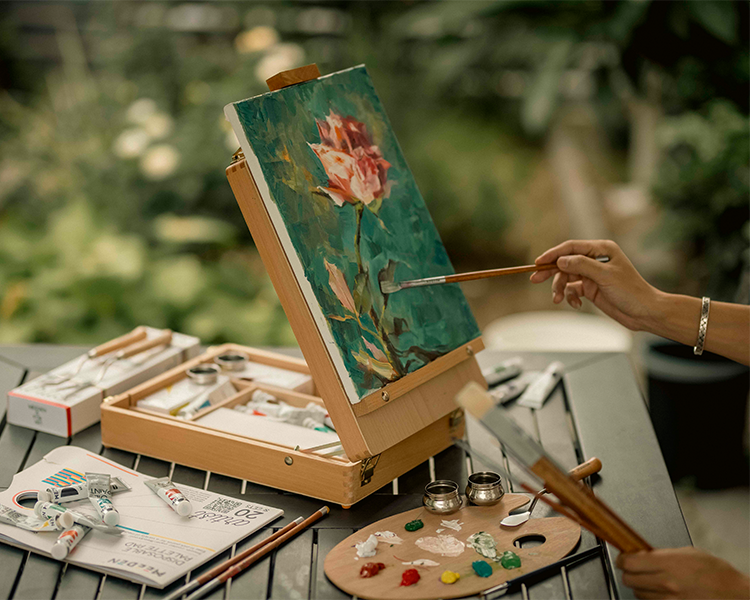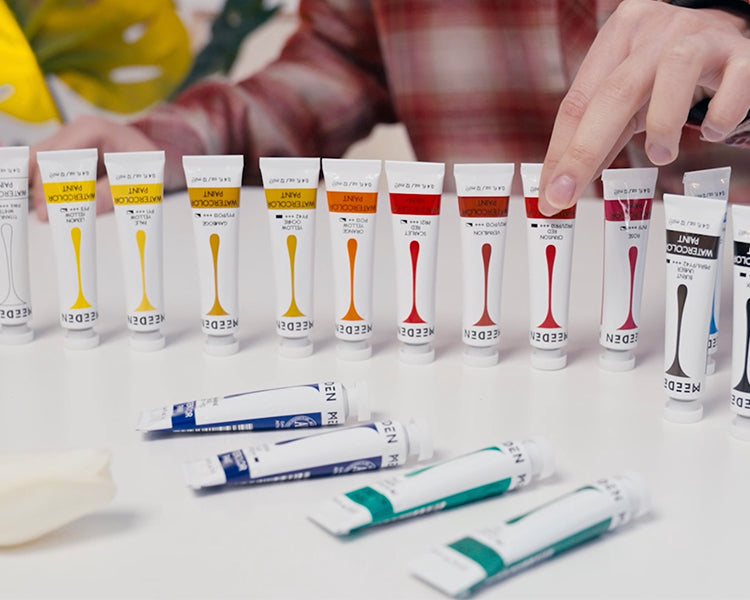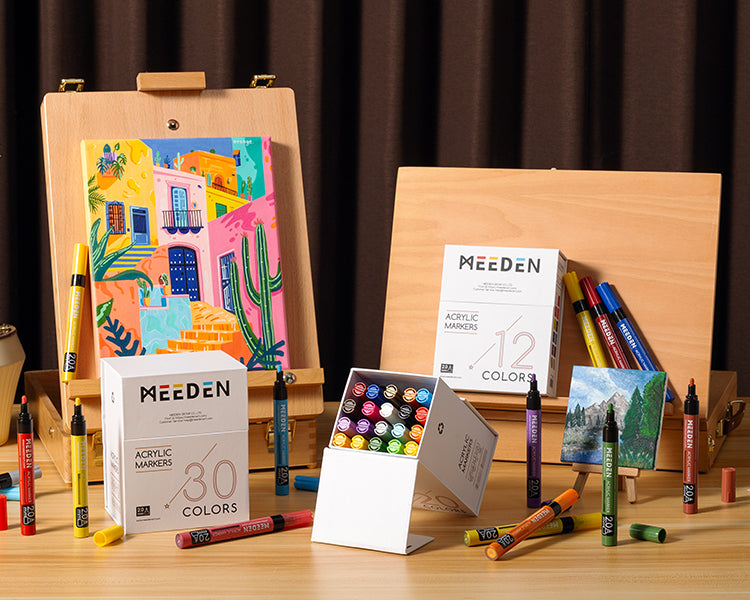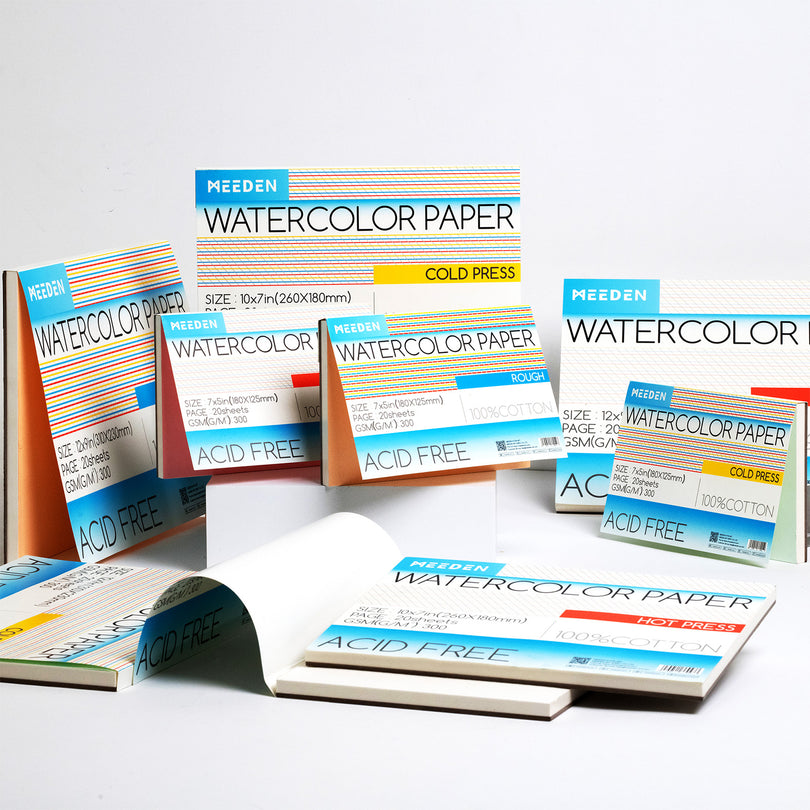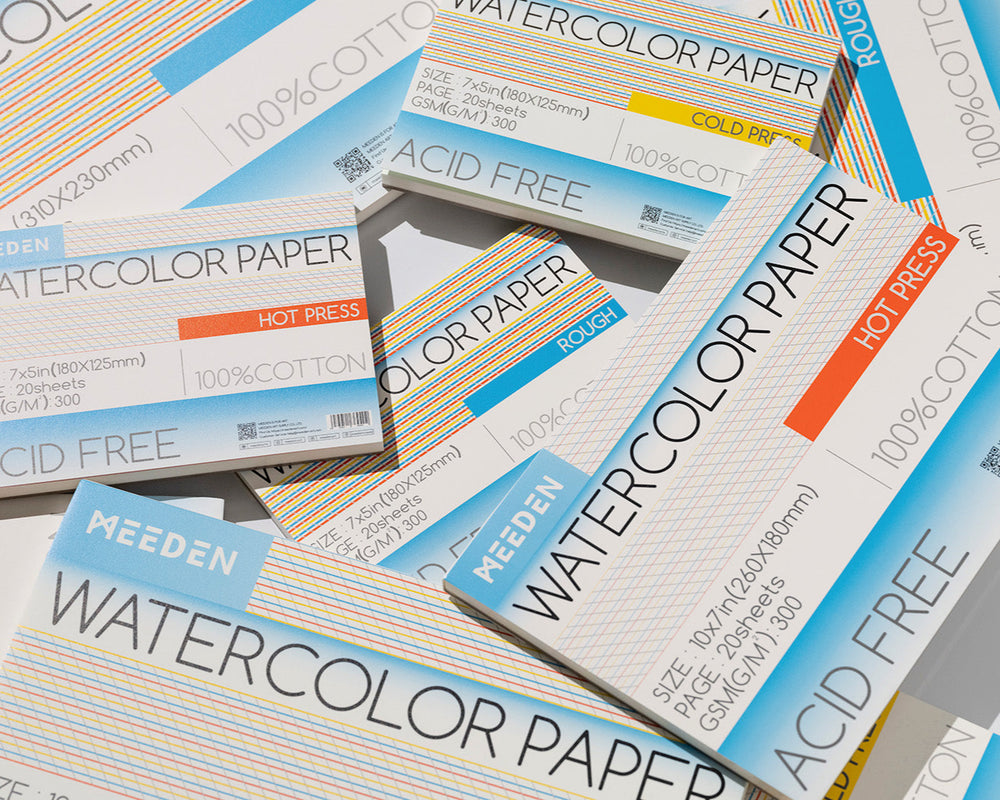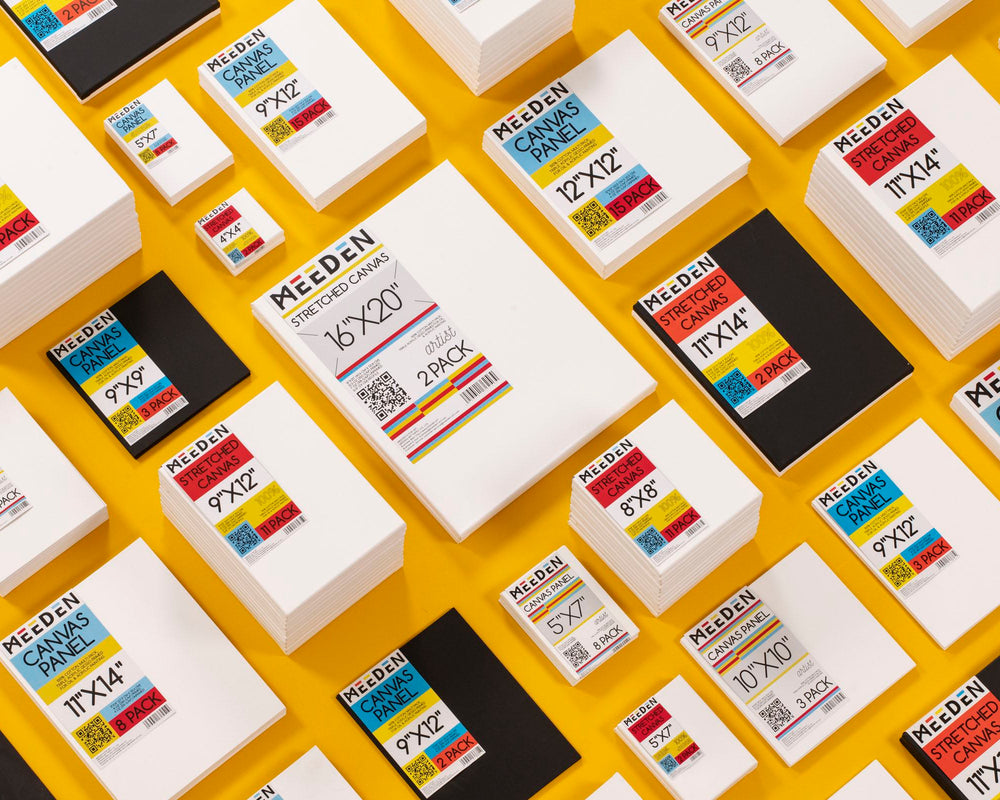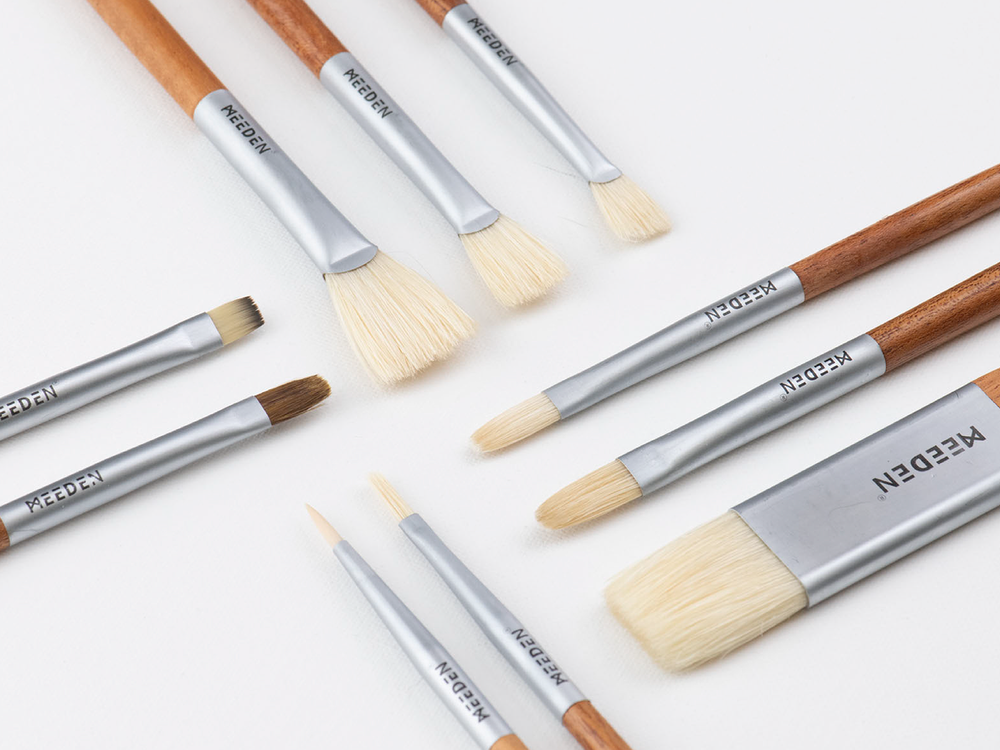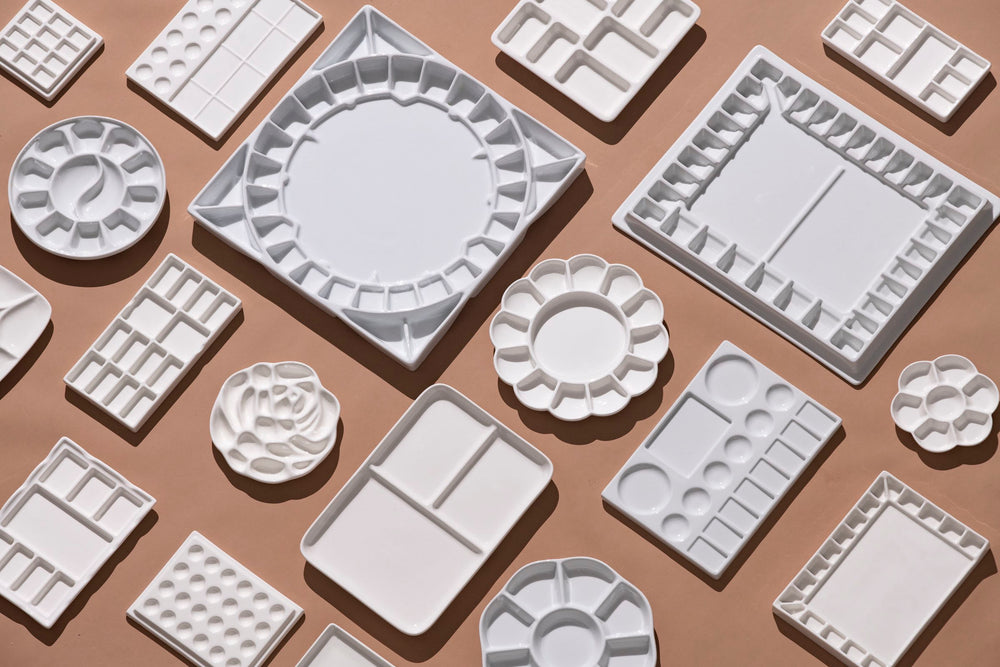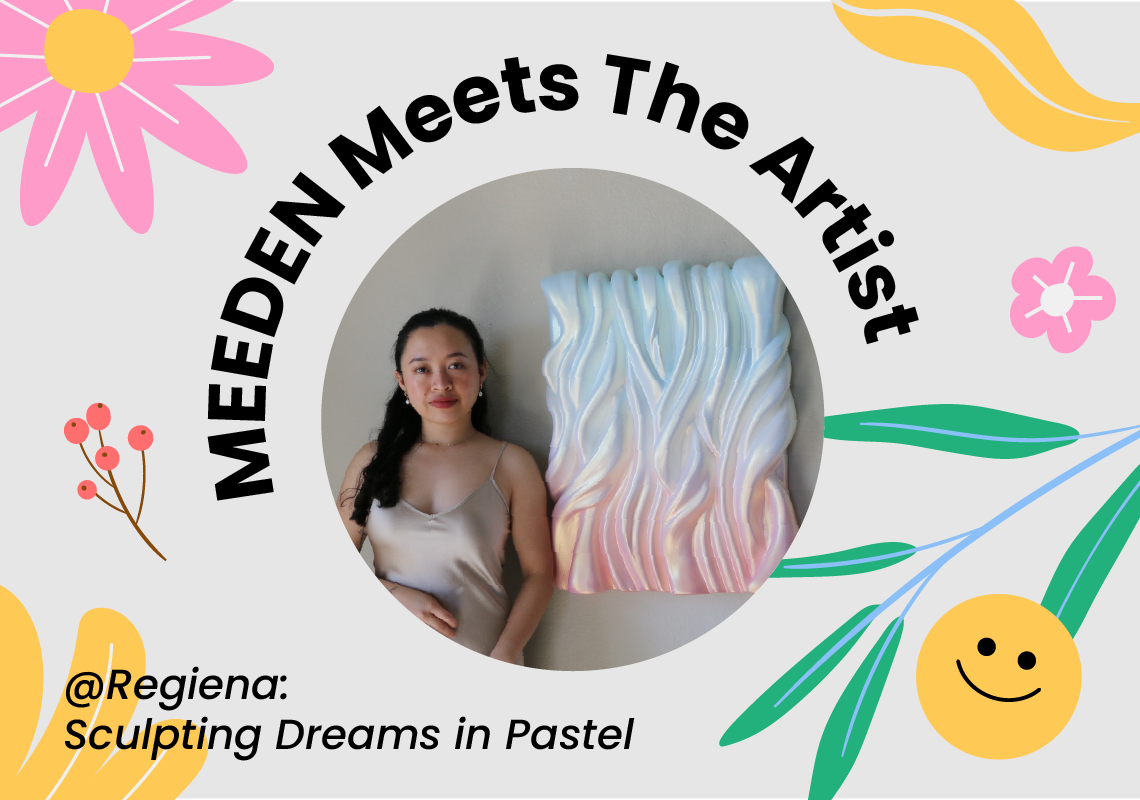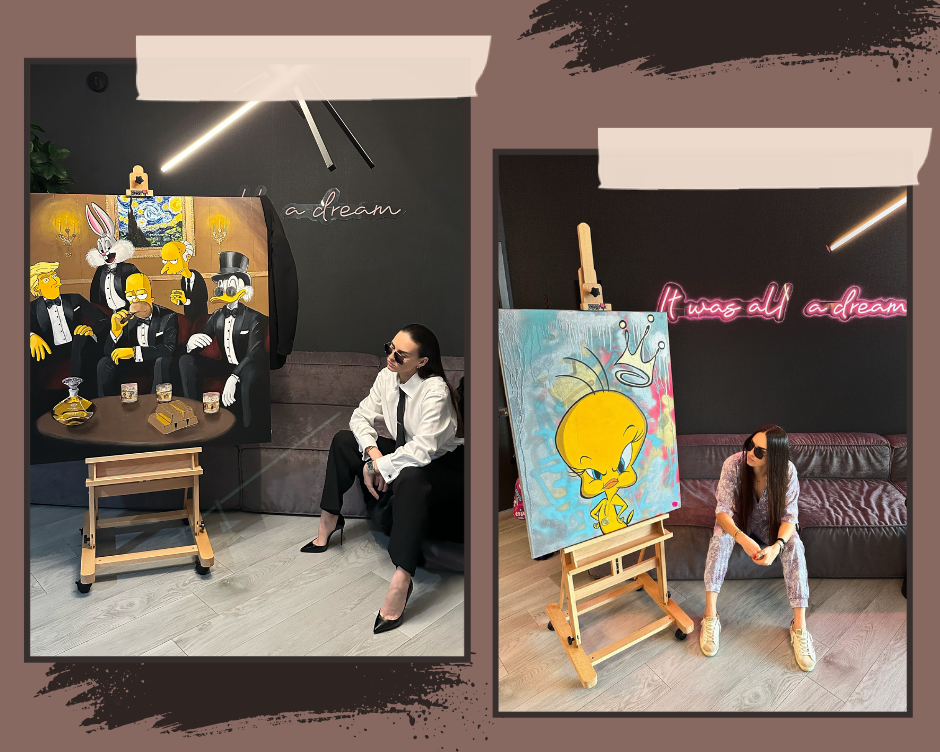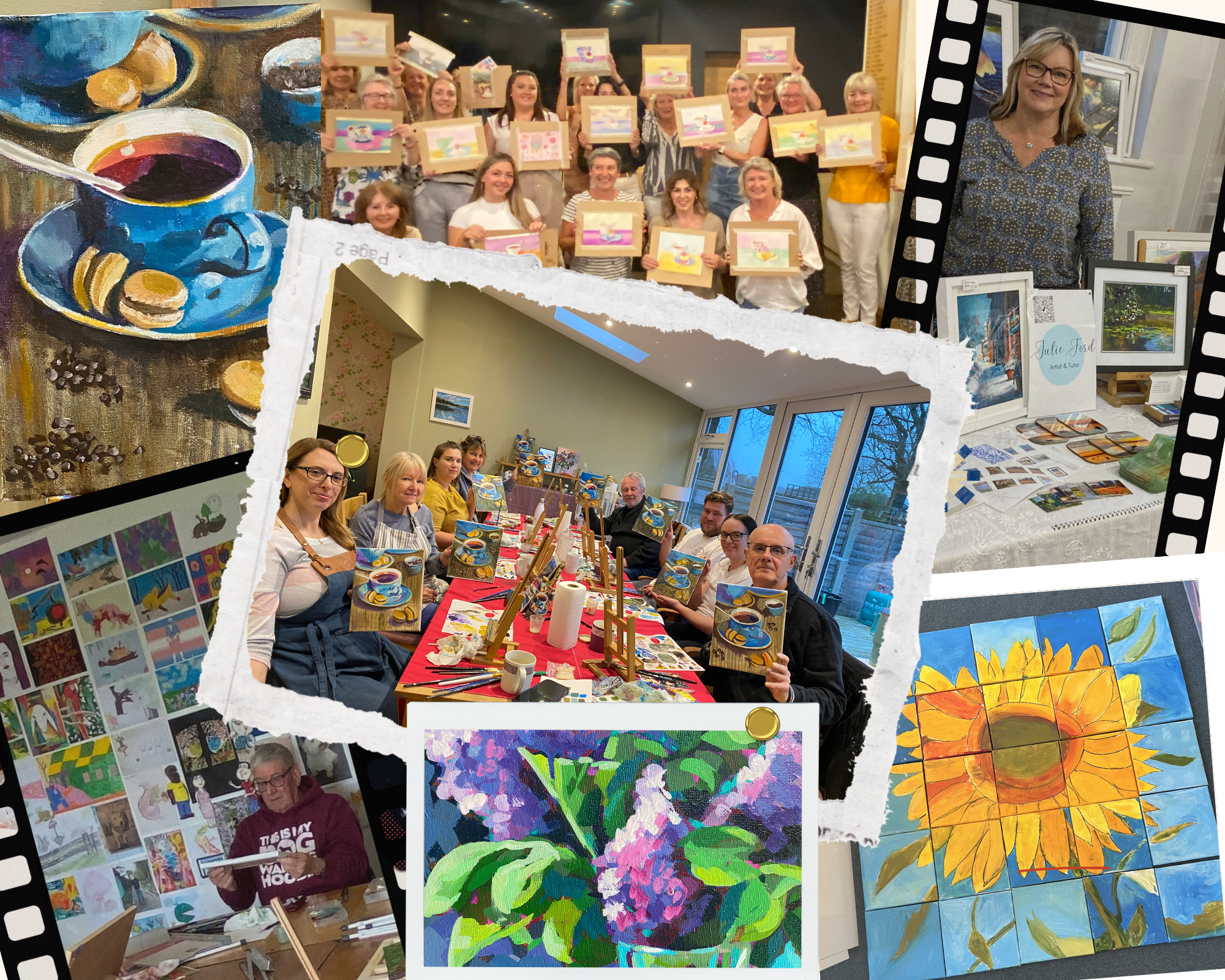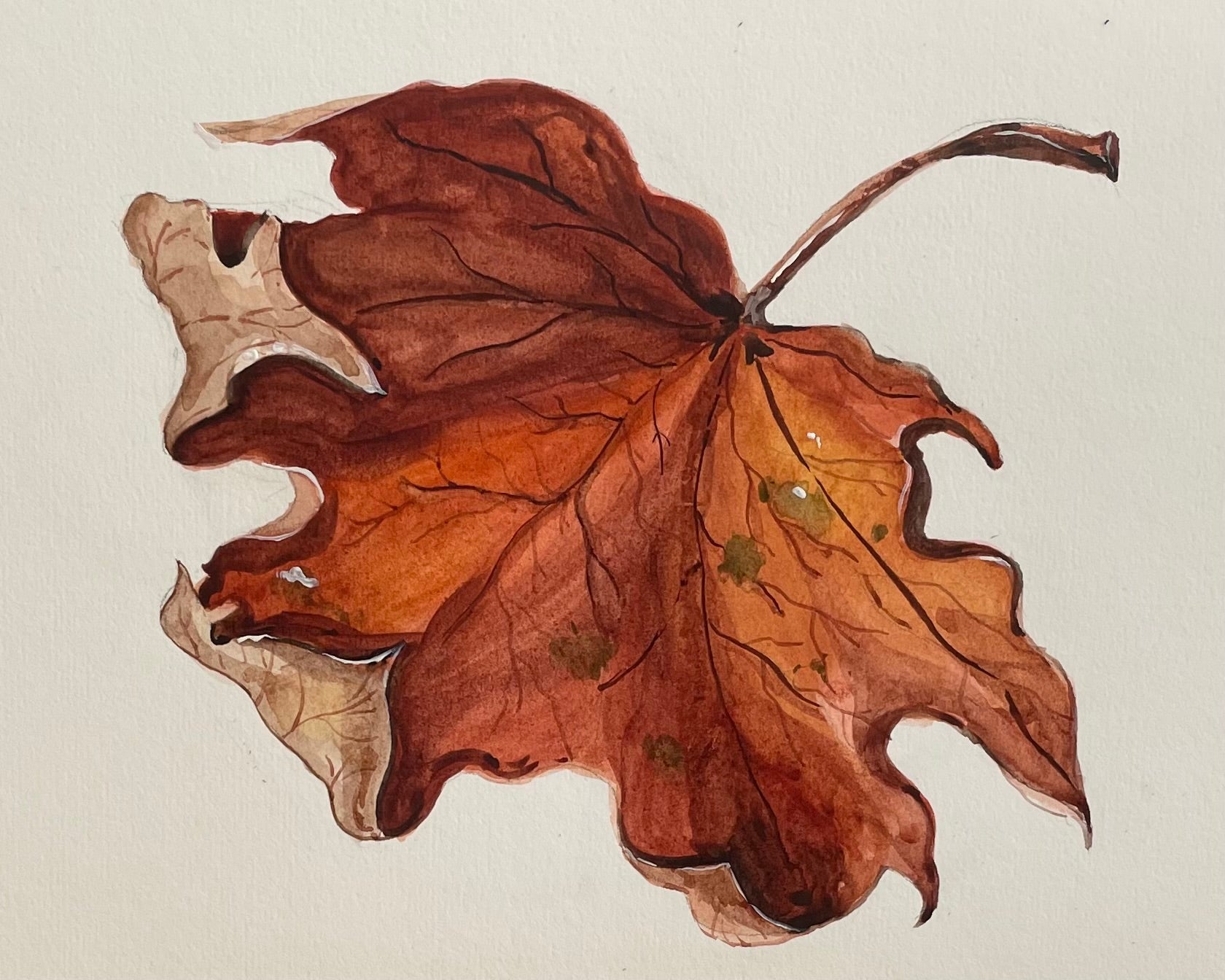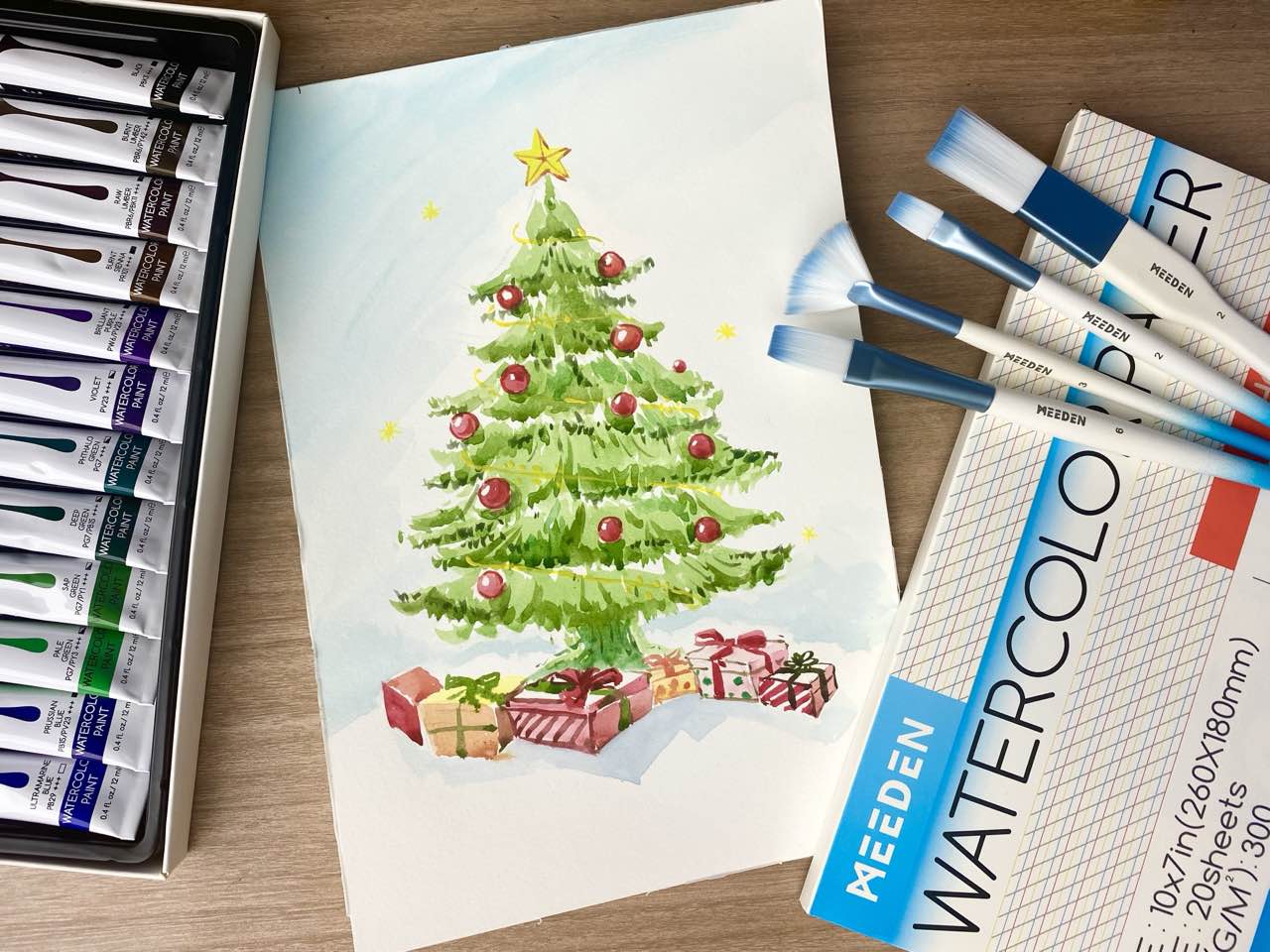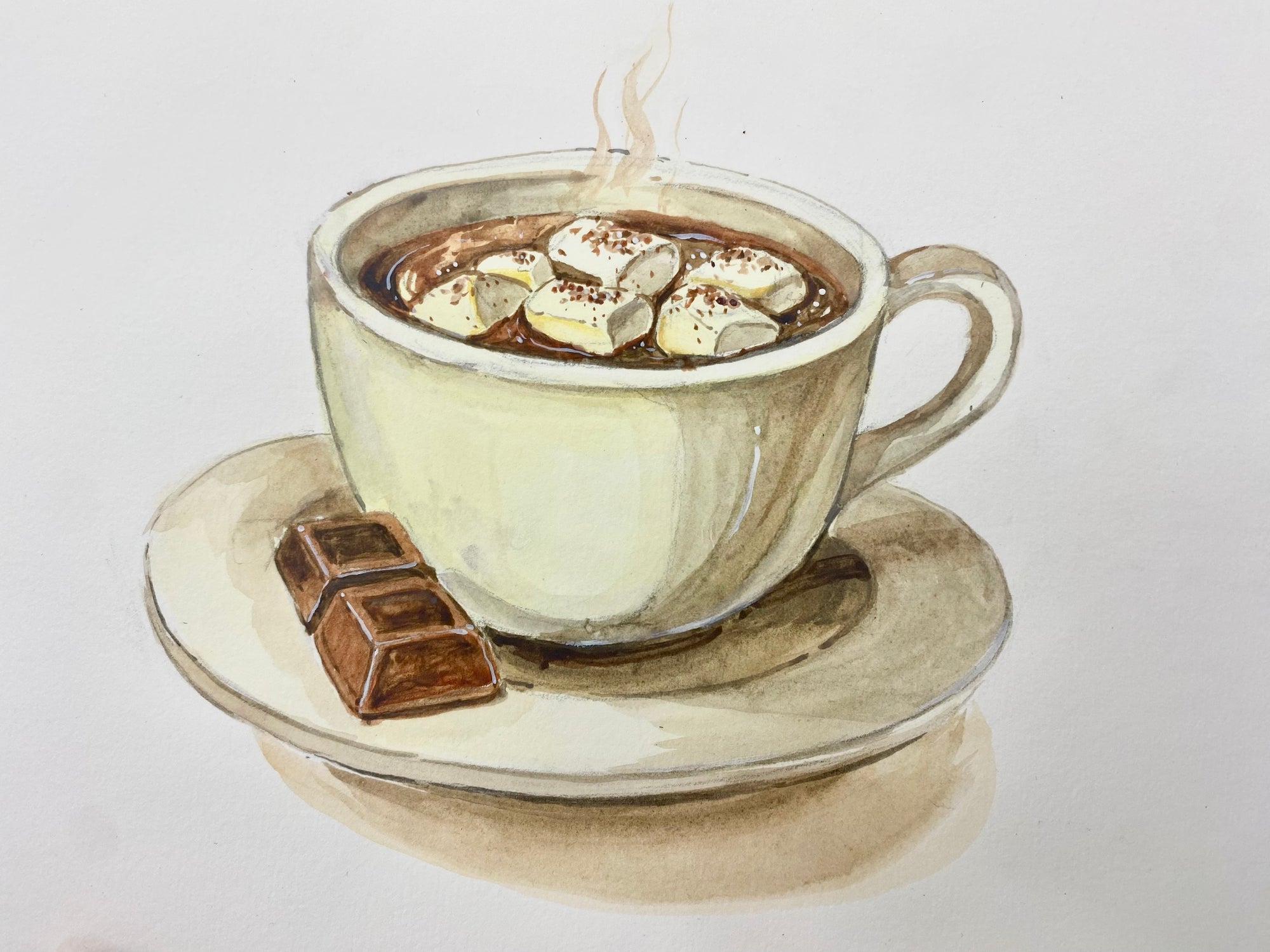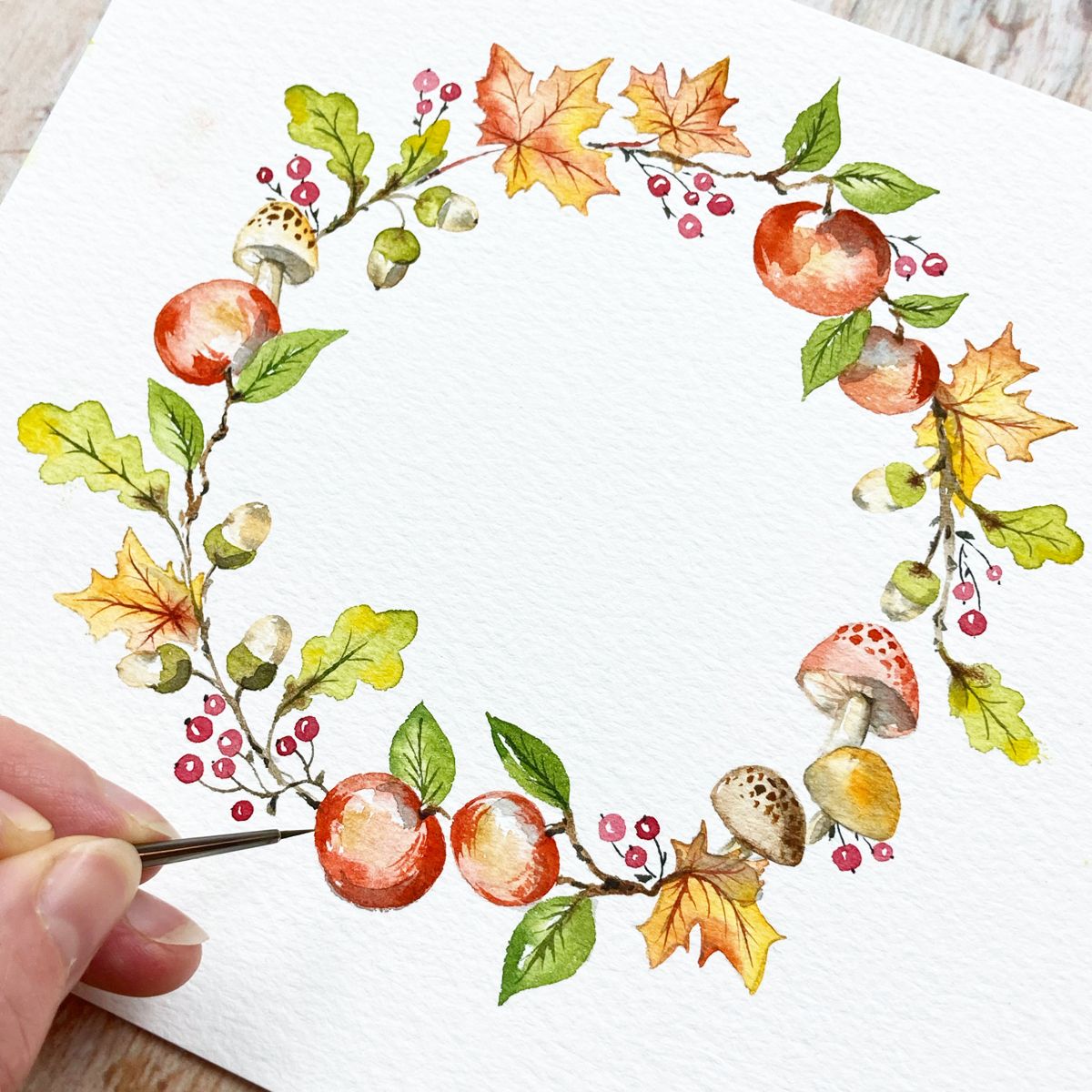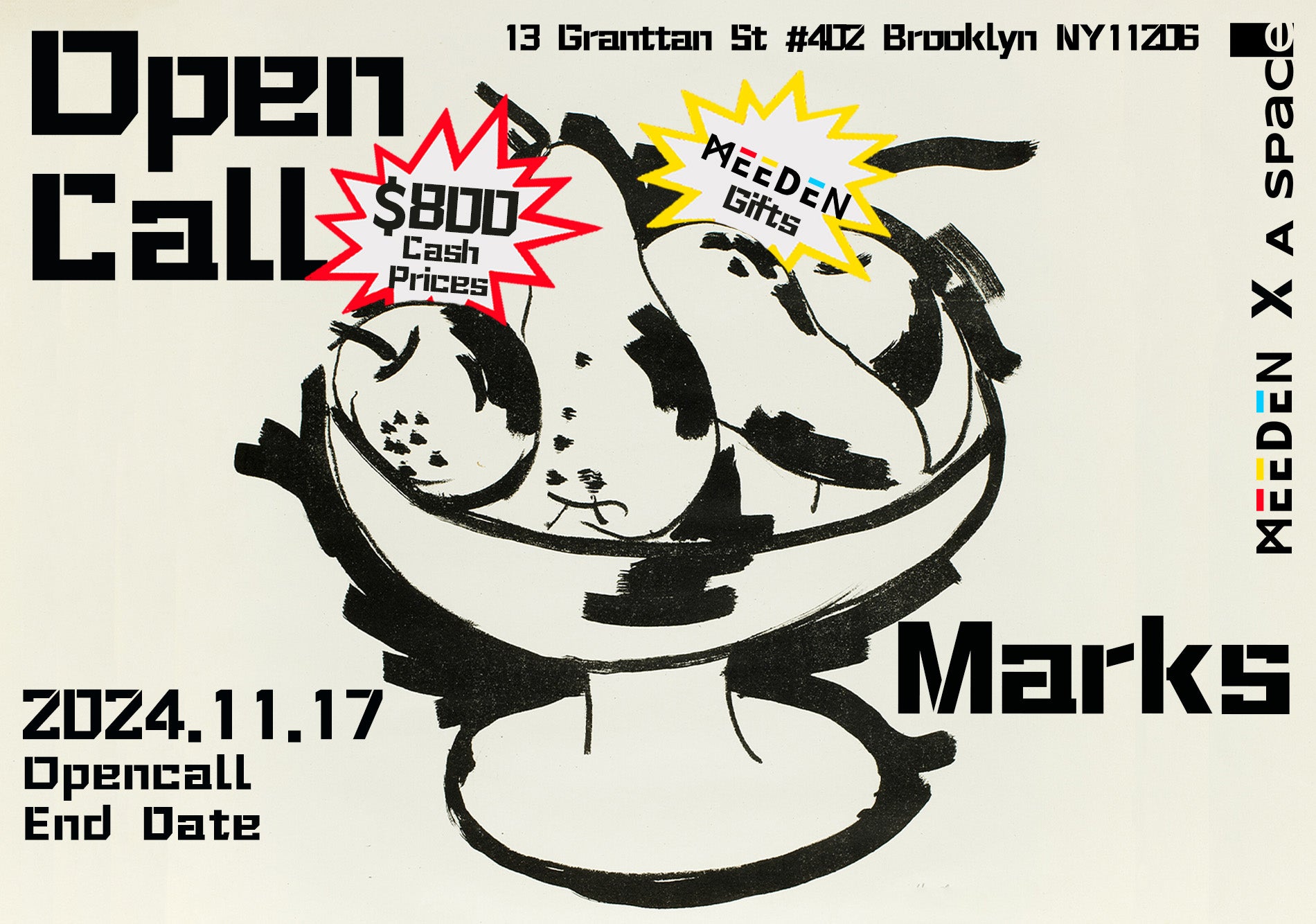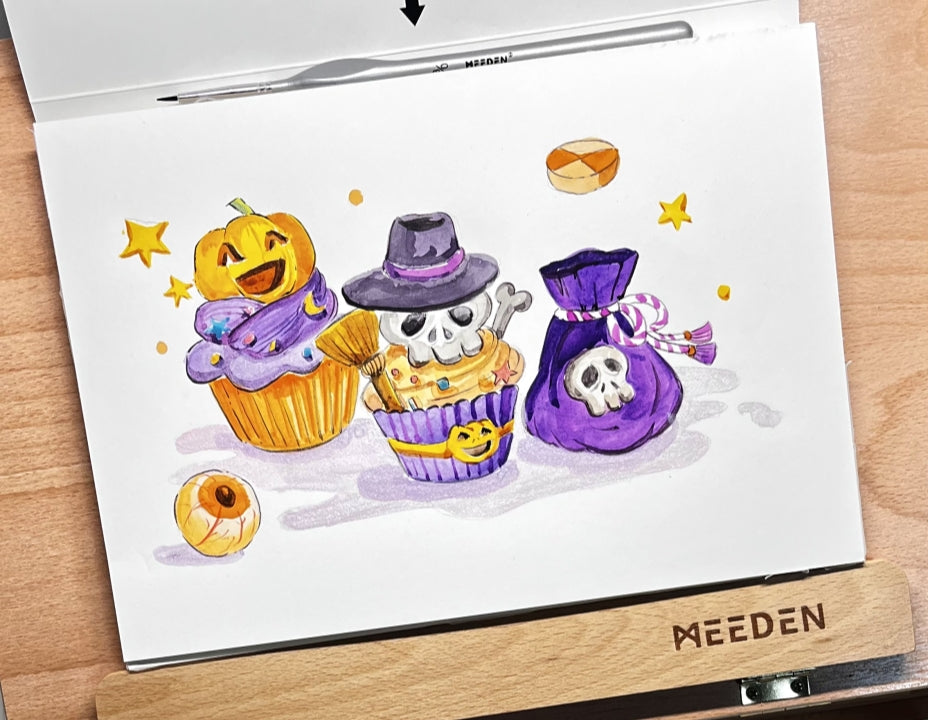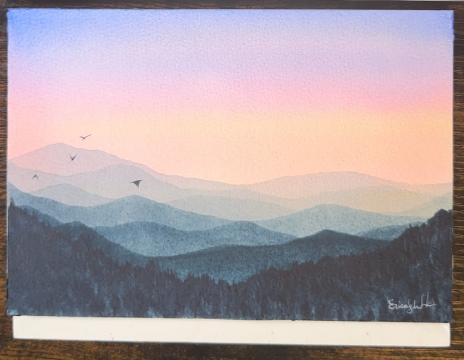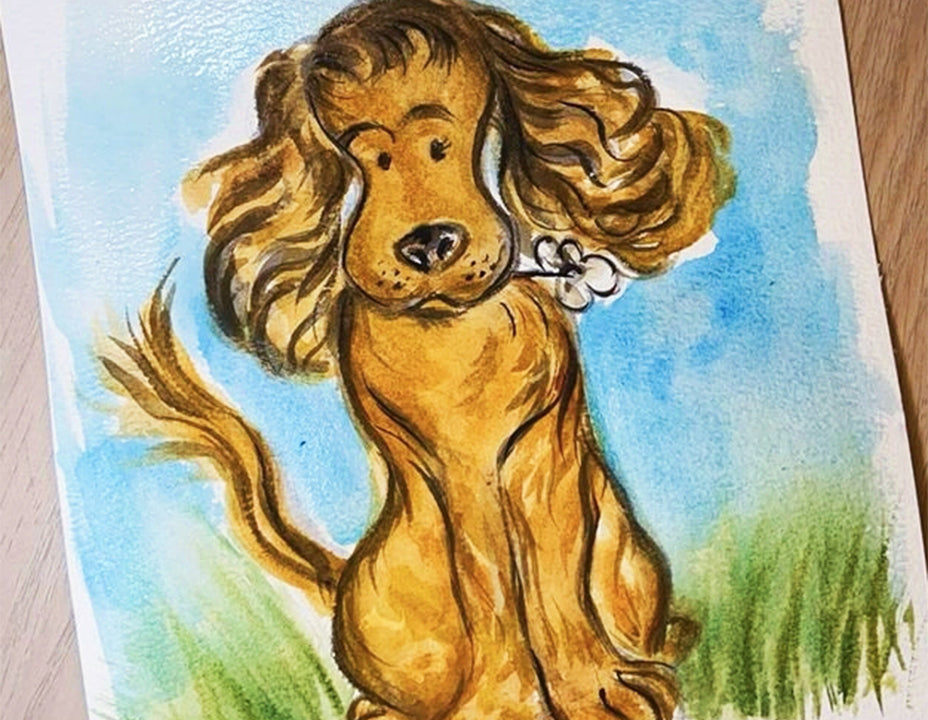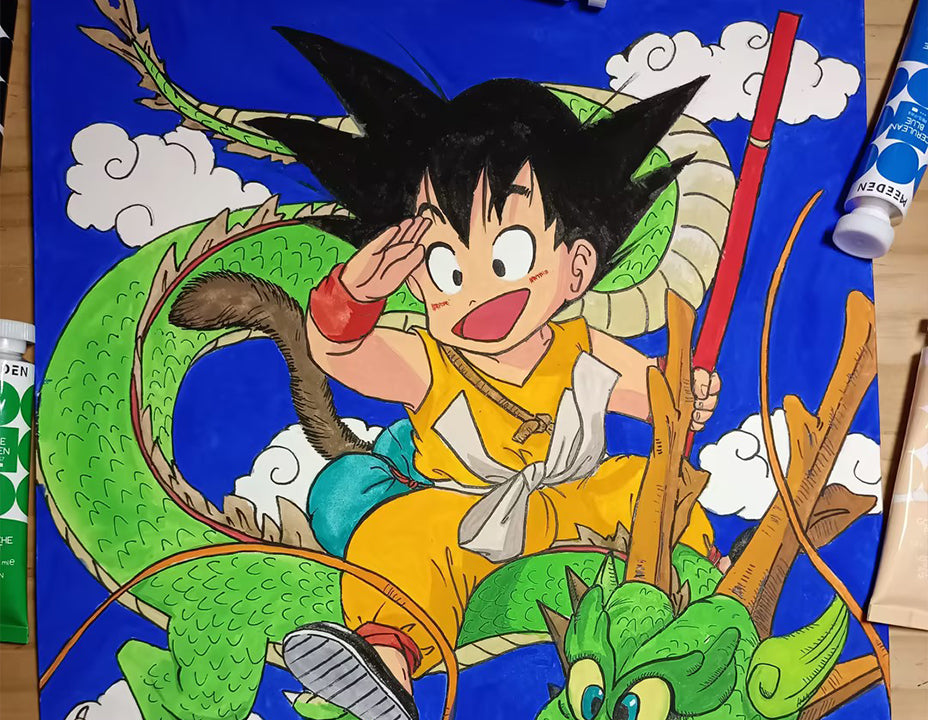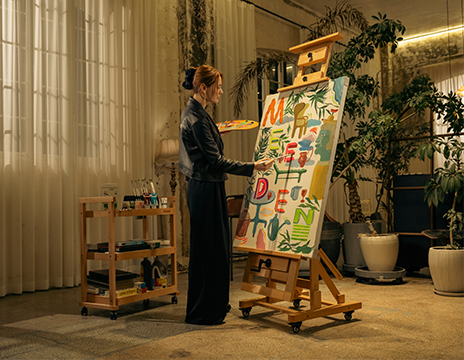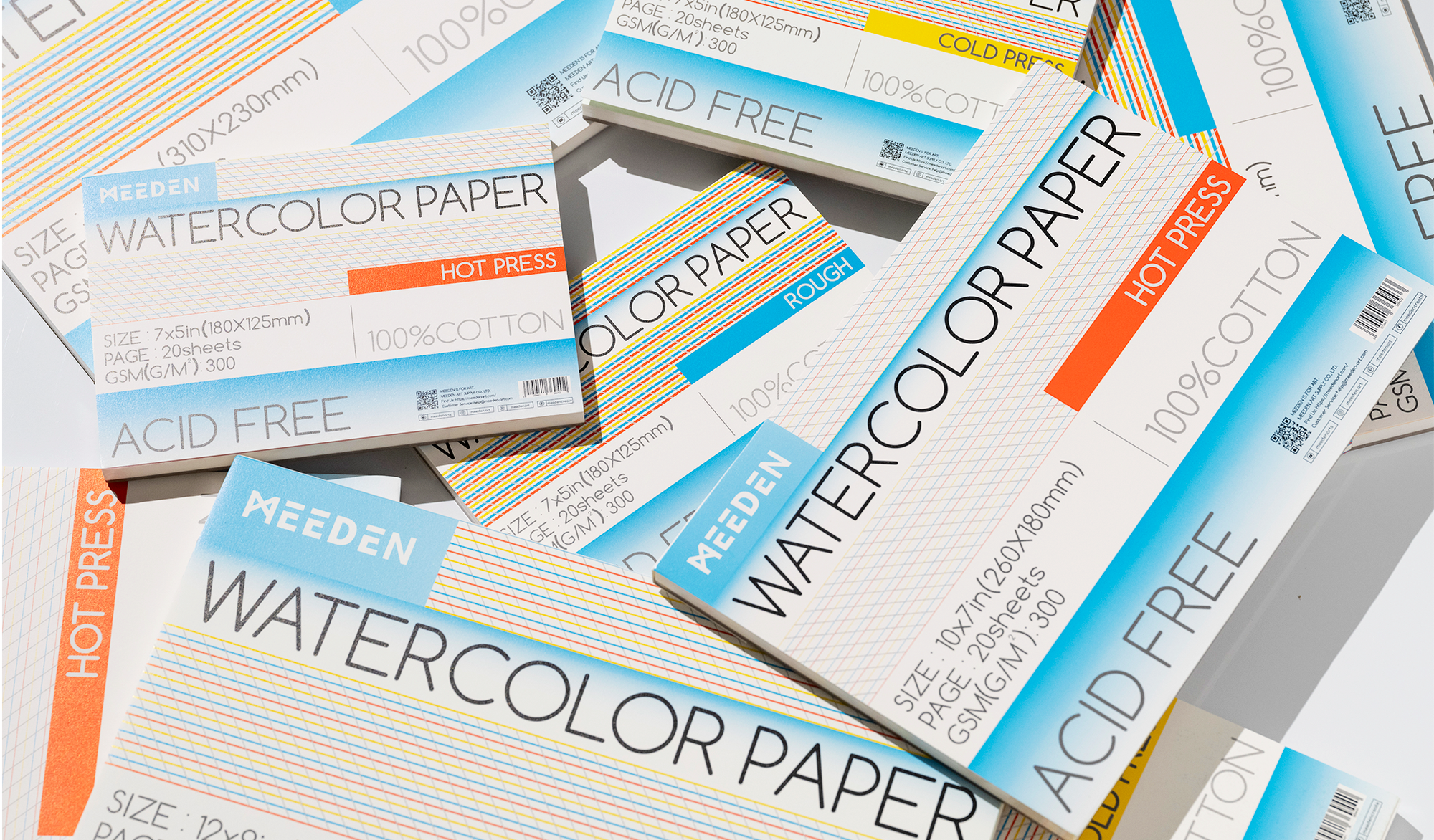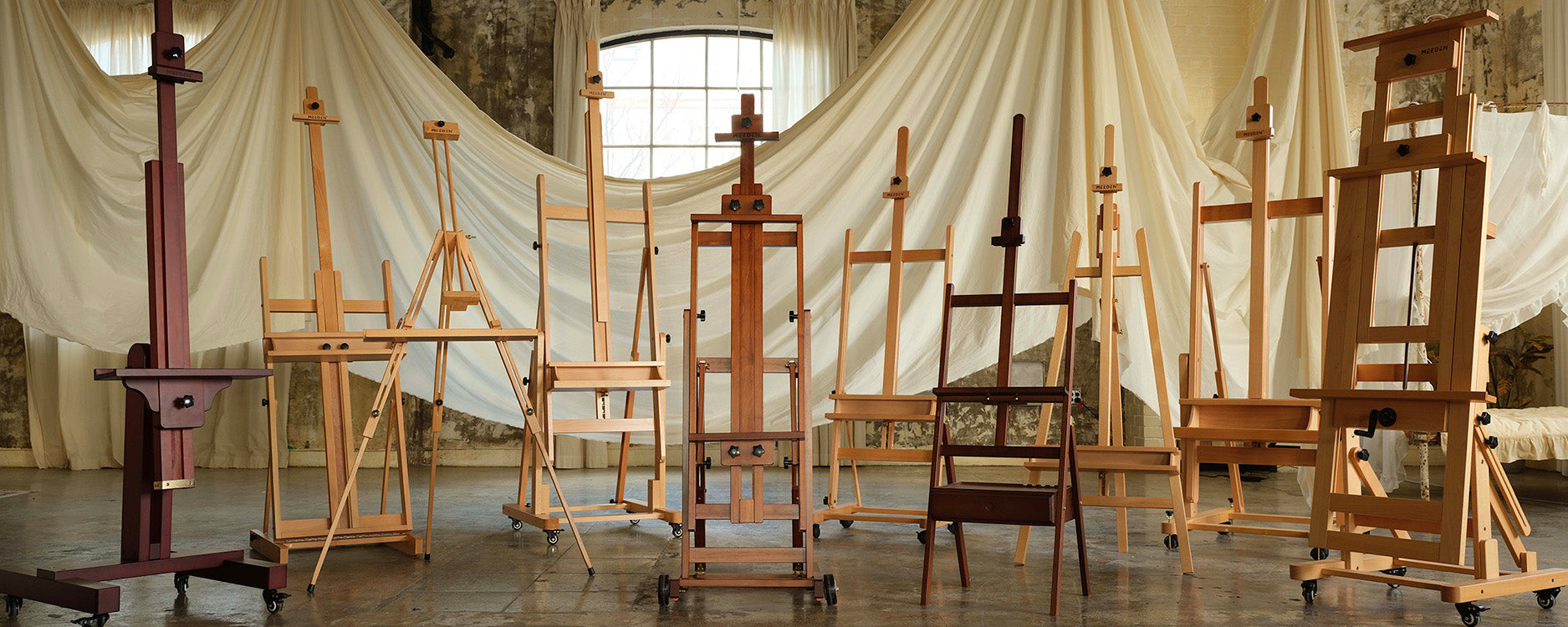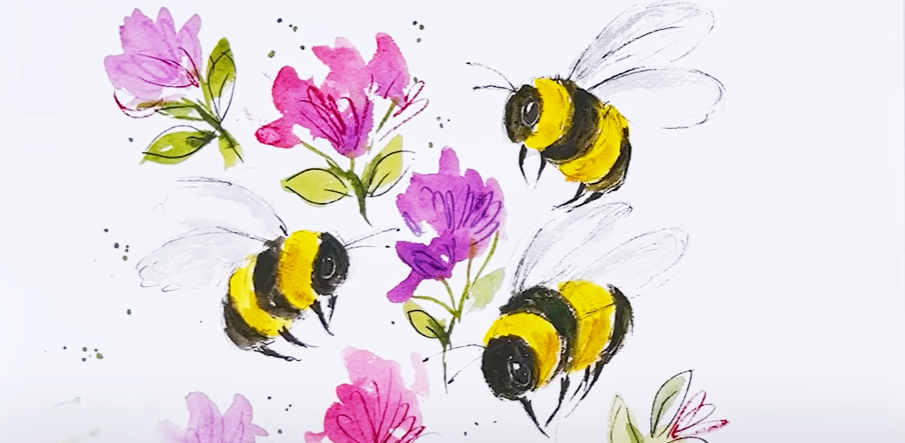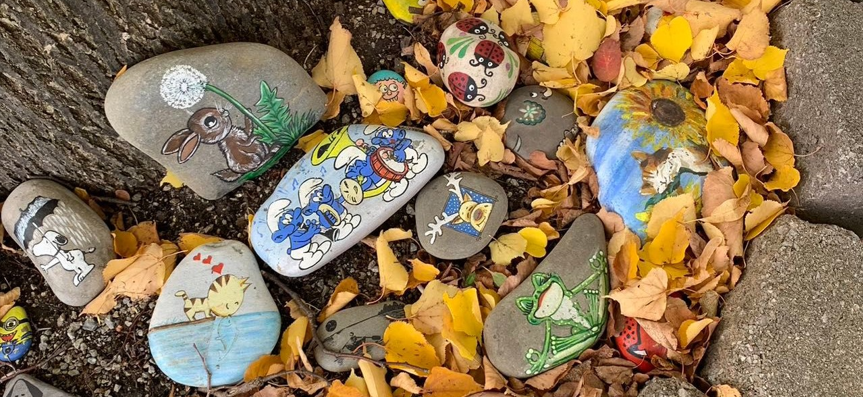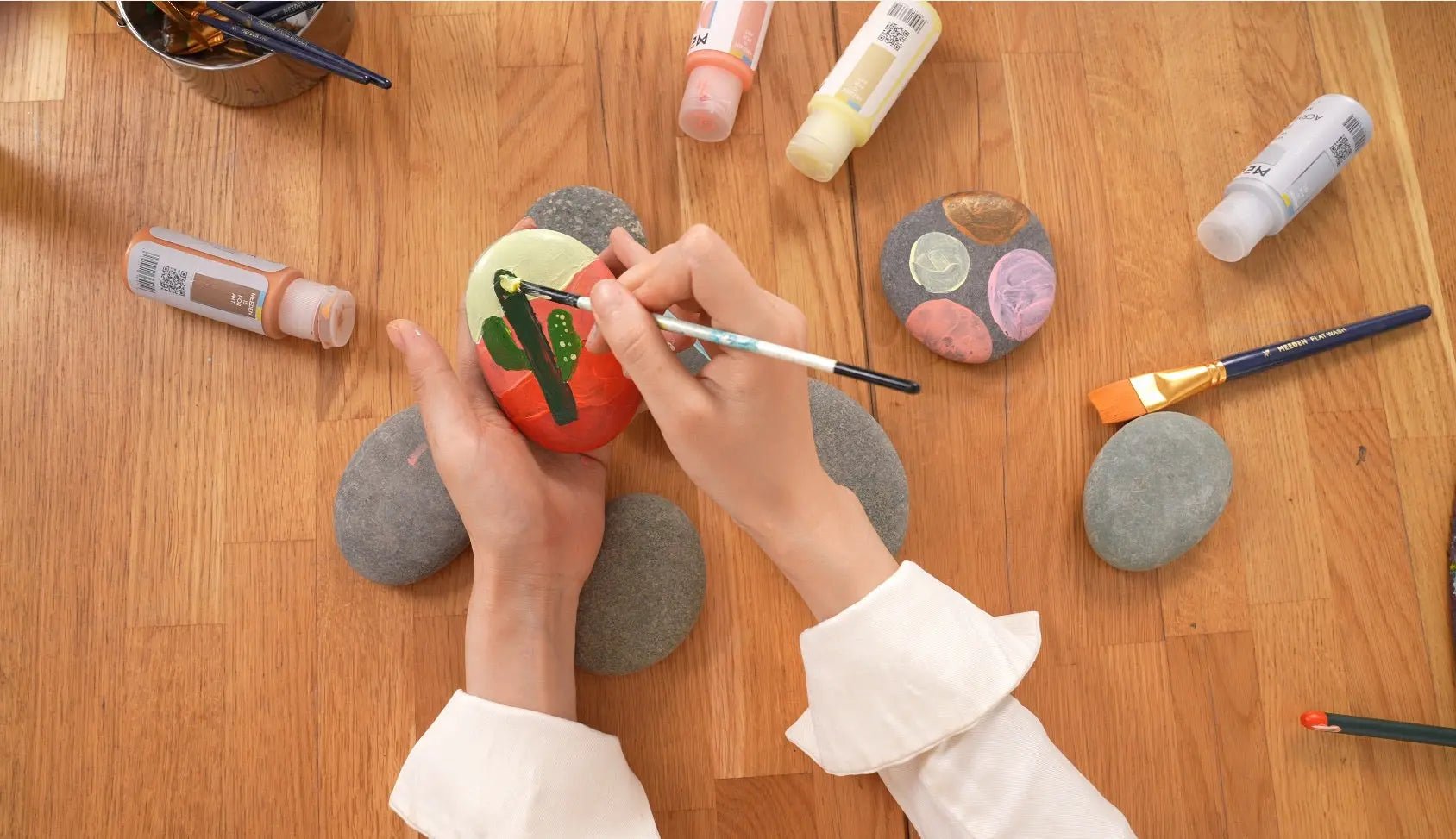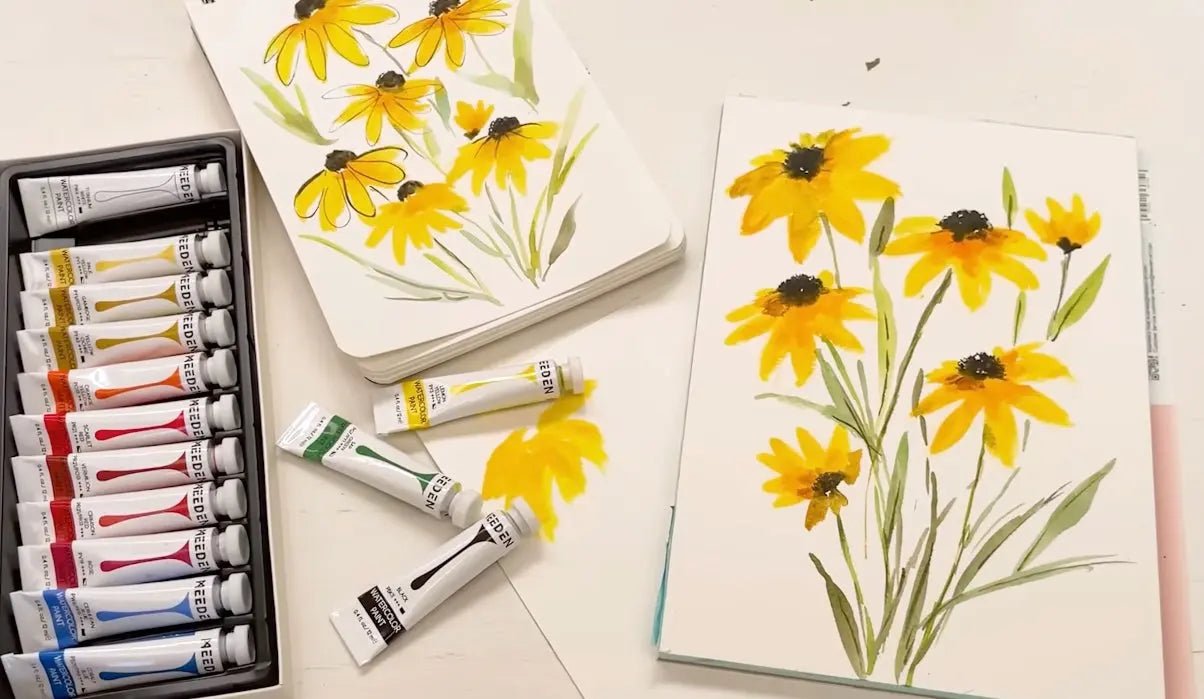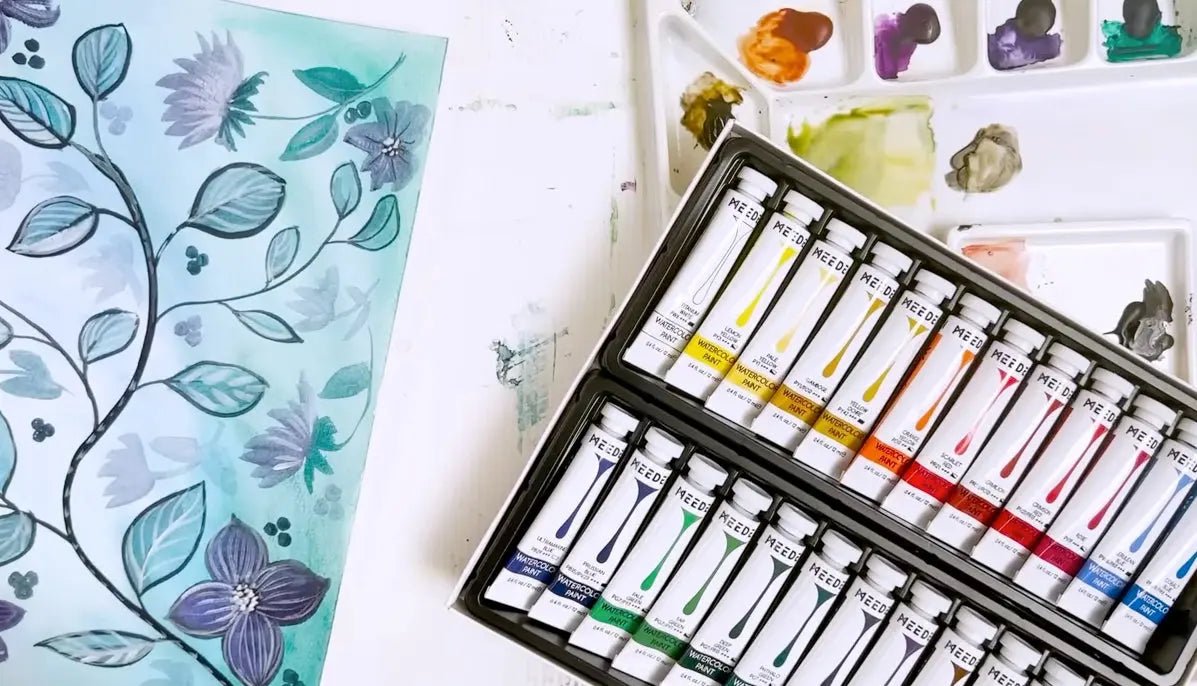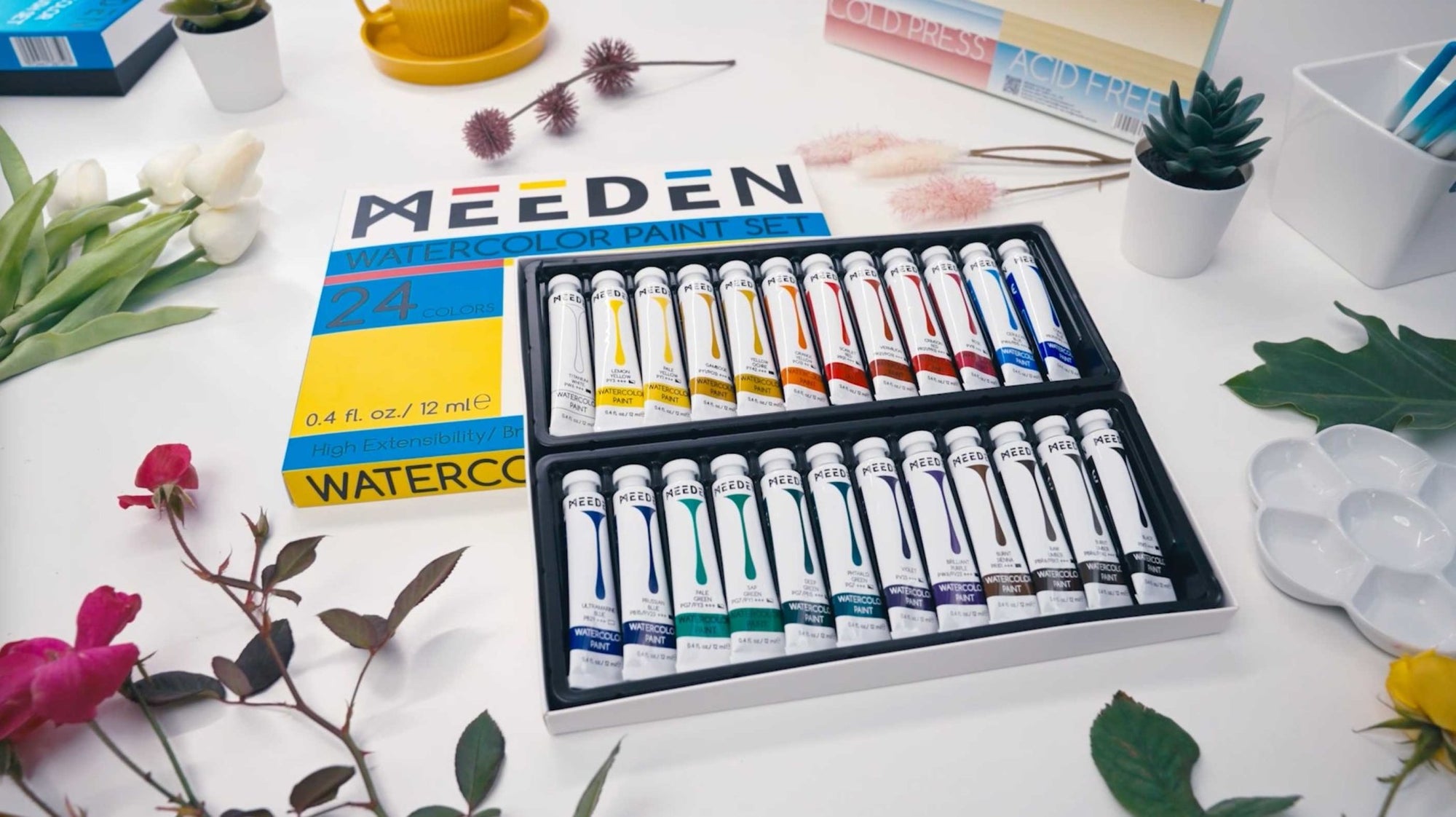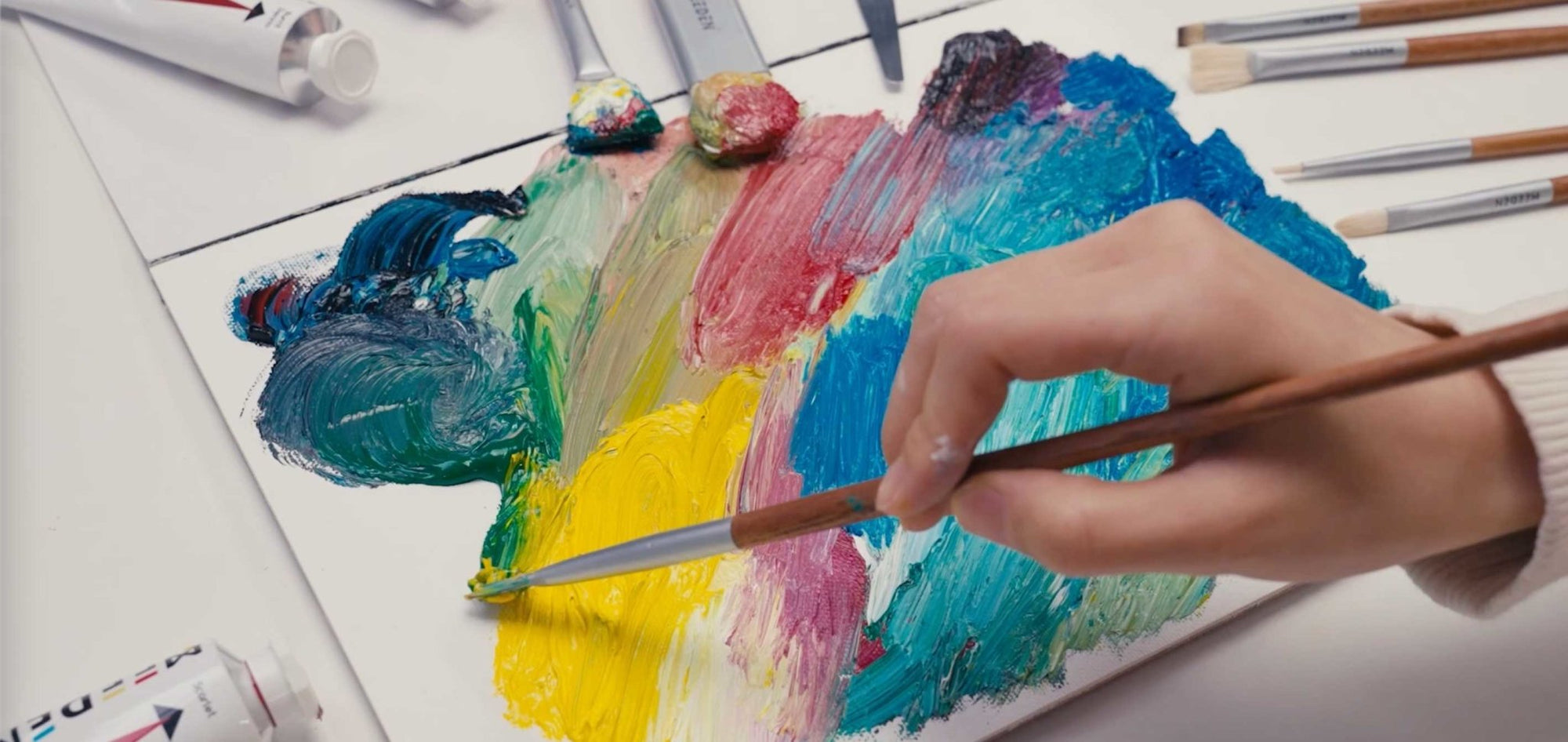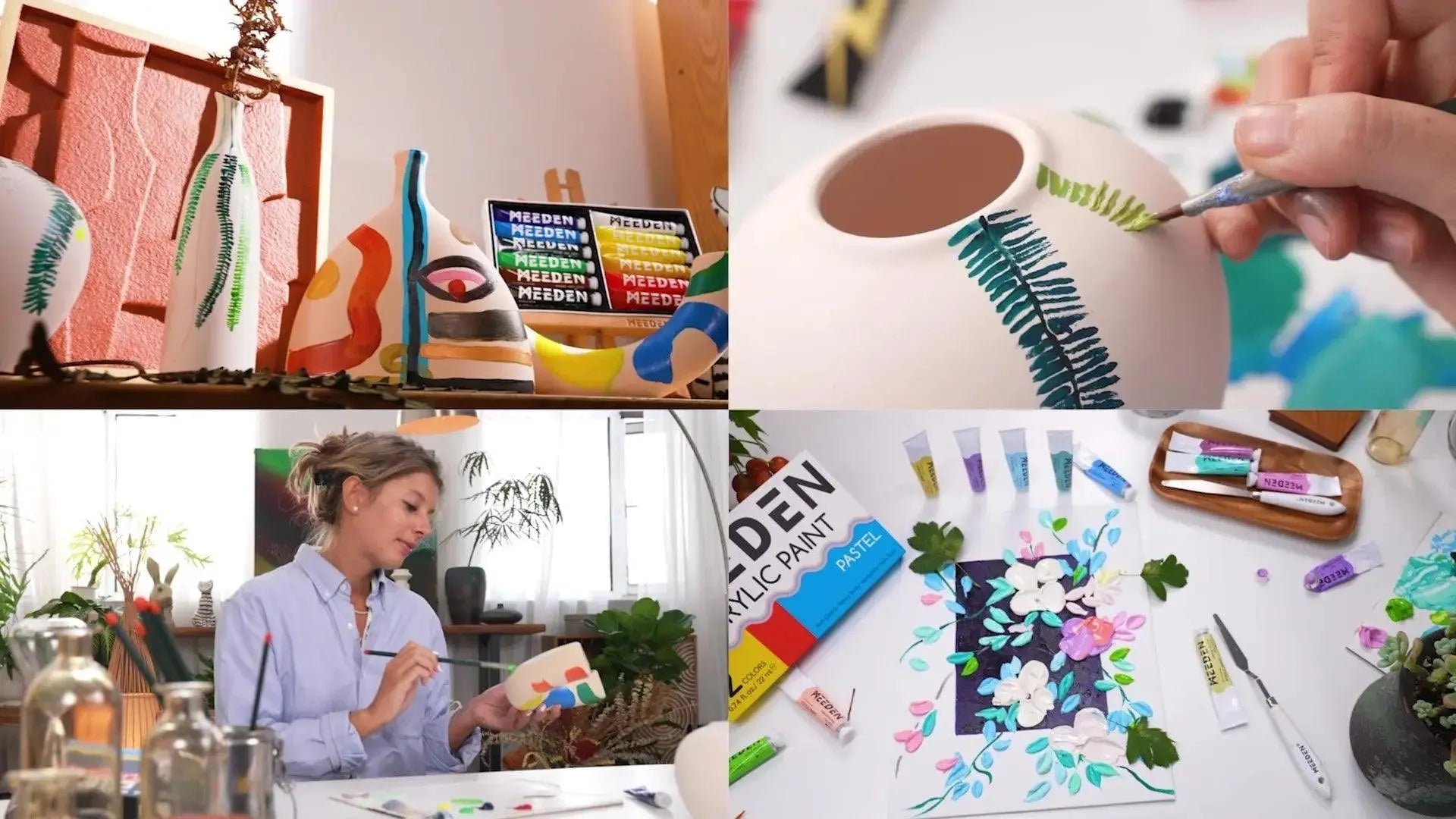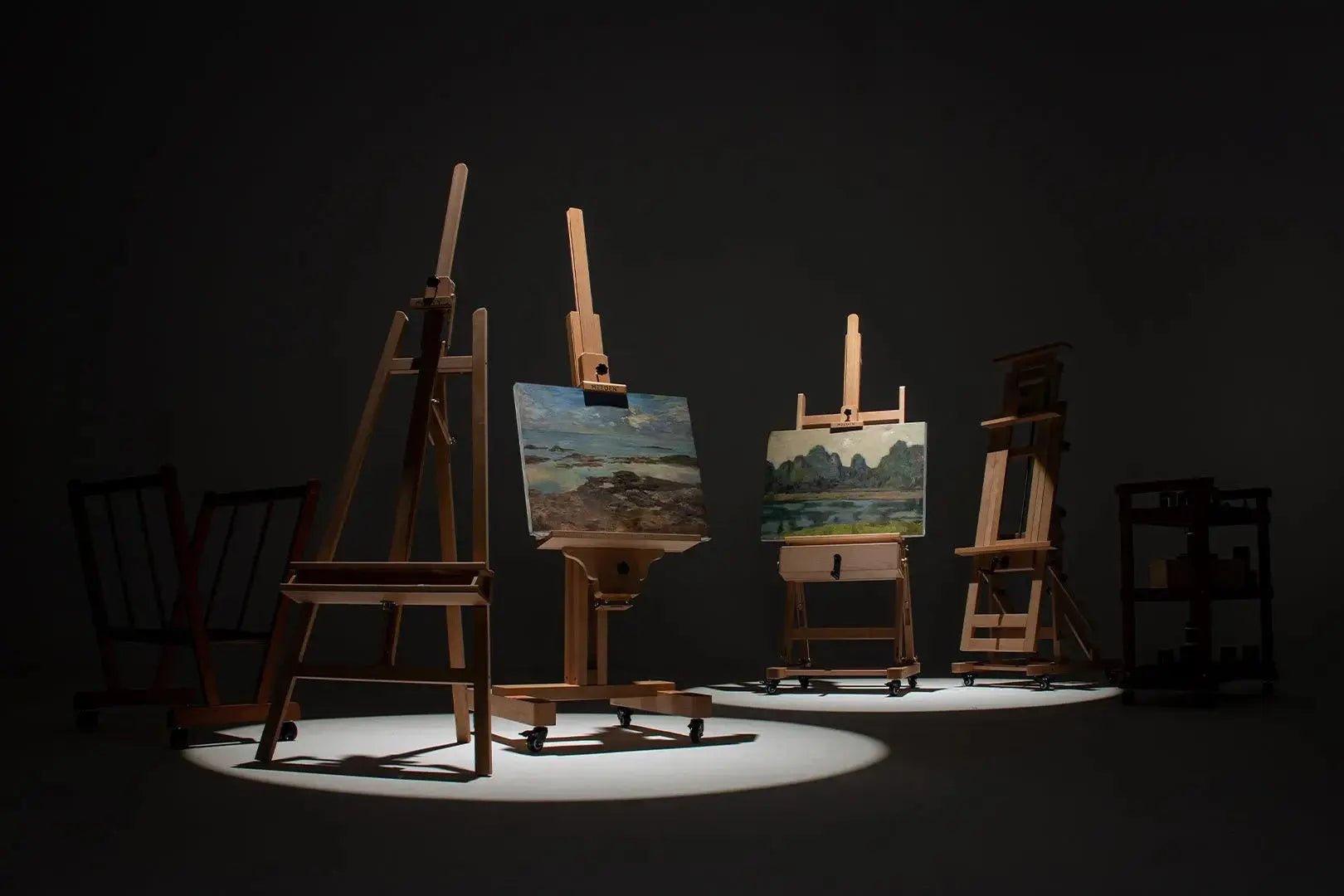Imagine you're walking inside an art gallery, and a painting catches your eye. It's composed of flowing colors, delicate strokes, and a subtle yet compelling lightness - you've just encountered a watercolor masterpiece.
Watercolor painting, a medium known for its signature translucency and ethereal quality, has a rich and fascinating history. This journey extends from prehistoric caves to today's modern studios and highlights the contributions of various artists who have shaped its evolution.
The Dawn of Watercolor Painting
Watercolor painting's story begins thousands of years ago in prehistoric times. Early humans used pigment mixed with water to create cave drawings, as we can see in Lascaux, France. The ancient Egyptians also used water-based paints for their intricate hieroglyphics and tomb decorations.
Fast forward to the Middle Ages, where watercolors found a niche in illuminating religious manuscripts. Artists used watercolors to breathe life into biblical scenes with vivid hues and detail. It was during this time that the core technique of watercolor – applying transparent pigments to paper – began to take shape.
Renaissance and Baroque: The Understated Role
During the Renaissance, watercolor took a step back as oil painting and frescoes took center stage. Yet, it was not forgotten. It found its quiet purpose in preliminary sketches and botanical illustrations. Artists like Albrecht Dürer during the Baroque period began to experiment with watercolor, creating stunning natural landscapes that highlighted the medium's potential for lifelike detail and color.

Albrecht Dürer, The Great Piece of Turf, 1503, watercolor and gouache heighted with white, mounted on cardboard, 40.8 x 31.5 cm (16 x 12 3/8 in.), Albertina, Vienna
The 18th and 19th Centuries: A Golden Era
Watercolor painting truly came into its own in the 18th and 19th centuries, especially in England. Paul Sandby, often dubbed the "father of the English watercolor," popularized this medium. His depictions of landscapes and city scenes showcased the capacity of watercolors to convey realism and depth.

In 1804, the formation of the Royal Watercolor Society marked a turning point in the recognition of watercolor as a distinguished medium. By the 19th century, the "golden age of watercolor," this art form was enjoying extensive patronage and exhibitions, demonstrating its popularity.
One of the best-known artists from this period is J.M.W. Turner. His ability to capture the moods of the sea and the sky, the transient light, and atmospheric changes showcased the unparalleled potential of watercolors for capturing fleeting moments.

Modern Times: Watercolor Reinvented
The 20th century ushered in radical changes in the art world, and watercolor was no exception. Artists started pushing boundaries and bending traditional rules. American artist Georgia O'Keeffe, known for her large-scale flower paintings, used watercolors to capture the beauty of nature in an avant-garde style, blurring the line between representation and abstraction.

Likewise, Edward Hopper, best known for his oil paintings of urban loneliness, also used watercolors to depict American rural and coastal scenes. He demonstrated the medium's versatility, further elevating its standing in the world of art.

The Present: An Unbroken Tradition
Today, watercolor painting remains a favorite medium for both professional artists and hobbyists. Its characteristics of fluidity, transparency, and portability make it perfect for everything from plein-air painting to abstract art. Contemporary artists continue to push the medium's boundaries, proving that its journey is far from over.

Through the ages, watercolor painting has persisted as a dynamic and beloved medium in the art world. From its humble beginnings in cave paintings to its refined use in modern art, it continues to evolve, embodying the changing perceptions and aesthetics of different times and artists.
The history of watercolor painting tells us a story of evolution and adaptation, one where artists from different eras left their mark. The unique characteristics of watercolor – its fluidity, transparency, and immediate responsiveness – have consistently offered artists a medium through which they can explore and express their creativity.
As we look to the future, we can only anticipate the exciting directions that artists will take this vibrant and versatile medium. One thing is certain – watercolor painting's journey is still being painted, promising many more captivating chapters in the history of art.





